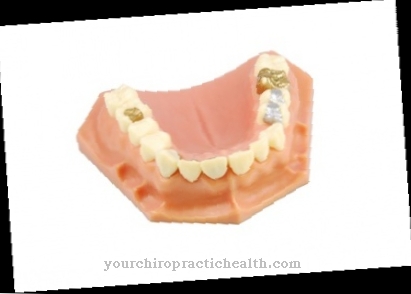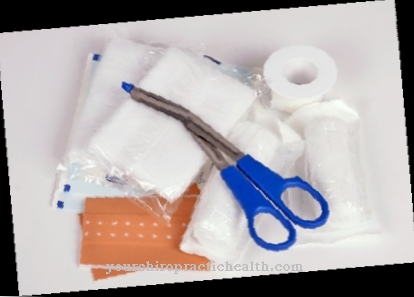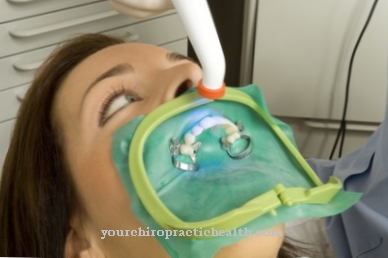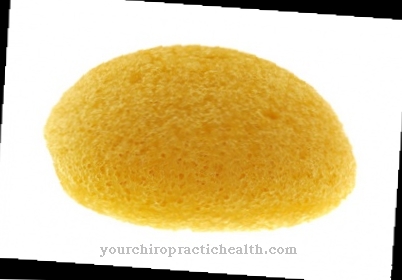The Floss is gaining influence in Germany. The reason is simple: flossing is a cost effective and easy way to protect teeth. It only takes a few minutes a day to maintain it, but its benefits are priceless.
What is floss?

The primary function of Floss is the removal of plaque, also called plaque or biofilm, as well as food residues in the interdental spaces. Cleaning with a toothbrush only reaches around 70% of the dental apparatus, mainly the surfaces of the teeth. The spaces between the teeth are much less obvious, but just as dangerous to our health.
Dental floss is not a new invention. According to Wikipedia, the American dentist Levi Parmly recommended additional cleaning with dental floss as early as 1815. However, the silk threads used at the time were not very stable and tore easily. Nowadays, plastics such as nylon or polyethylene are more popular because of their strength.
Shapes, types & types
The choice at Dental floss is diverse. Dental floss is offered waxed or unwaxed. The waxed dental floss is coated with wax or Teflon. This glides more easily through narrow spaces between the teeth and is therefore particularly popular with beginners. The unwaxed dental floss has a greater cleaning effect due to its rough surface. The negative thing about it is that it tears more easily and small threads can get caught in the gaps. Both types of floss come in different flavors.
Round floss or interdental dental tapes are another selection criterion. The difference is in the size. Round dental floss is narrower, making it suitable for tight spaces, while dental tape is wider and is suitable for larger spaces.
Dental floss can have fluoride or chlorhexidine added. Chlorhexidine fights bacteria and fluoride tooth decay, but in both cases the dose is low due to the large size of the floss.
Structure, function & mode of operation
In many cases cleaning is included Floss ineffective due to incorrect application. A 50cm long piece of dental floss is sufficient to successfully remove unwanted food residues. Hold it between the index finger and thumb of the respective hand. As soon as you keep your two hands apart, tension arises. Next, you move the floss into a space, place the thread in a C-shape around the tooth and slide along the tooth to the gum. The floss scrapes unwanted things off between the teeth.
In the beginning there may be bleeding gums. This indicates a pre-existing inflammation of the gums and is an indication that a more thorough cleaning is needed. However, bleeding gums should not be underestimated. If the symptoms persist, you should therefore consult a dentist.
The following steps are recommended for effective cleaning: First, the gaps should be cleaned with a dental floss, then brush your teeth and, as the last step, a mouth rinse. Most dentists recommend that you floss once a day. This takes a few minutes, in which you can achieve a lot of benefit for little effort. Remember that interdental spaces are a paradise for bacteria: warmth, darkness and moisture.
Medical & health benefits
Bacterial plaque, if left untreated, leads to tooth decay. Another consequence is inflammation of the gums: gingivitis.
While tooth decay and gingivitis are treatable to some degree, the next disease is far more serious. Periodontitis is a bacterial disease of the dental system which, if left untreated, leads to irreversible bone regression and thus to loosening of the teeth.
Another, less obvious side effect, according to a study, is the possibility that bacteria from the mouth area could attach themselves to the inner wall of the heart via the bloodstream. Under certain circumstances this can lead to endocarditis.
Another point is that inadequate oral hygiene also leads to aesthetic problems. Bad breath can also be caused by rotting of leftover food. Discoloration of the tooth due to hardened dental plaque. Both can be achieved through daily cleaning Floss be prevented.
Whether purely for the sake of beauty, to avoid pain or to fear the next dentist bill, prophylaxis is the safest way to healthy teeth. And that includes flossing every day.

























.jpg)


